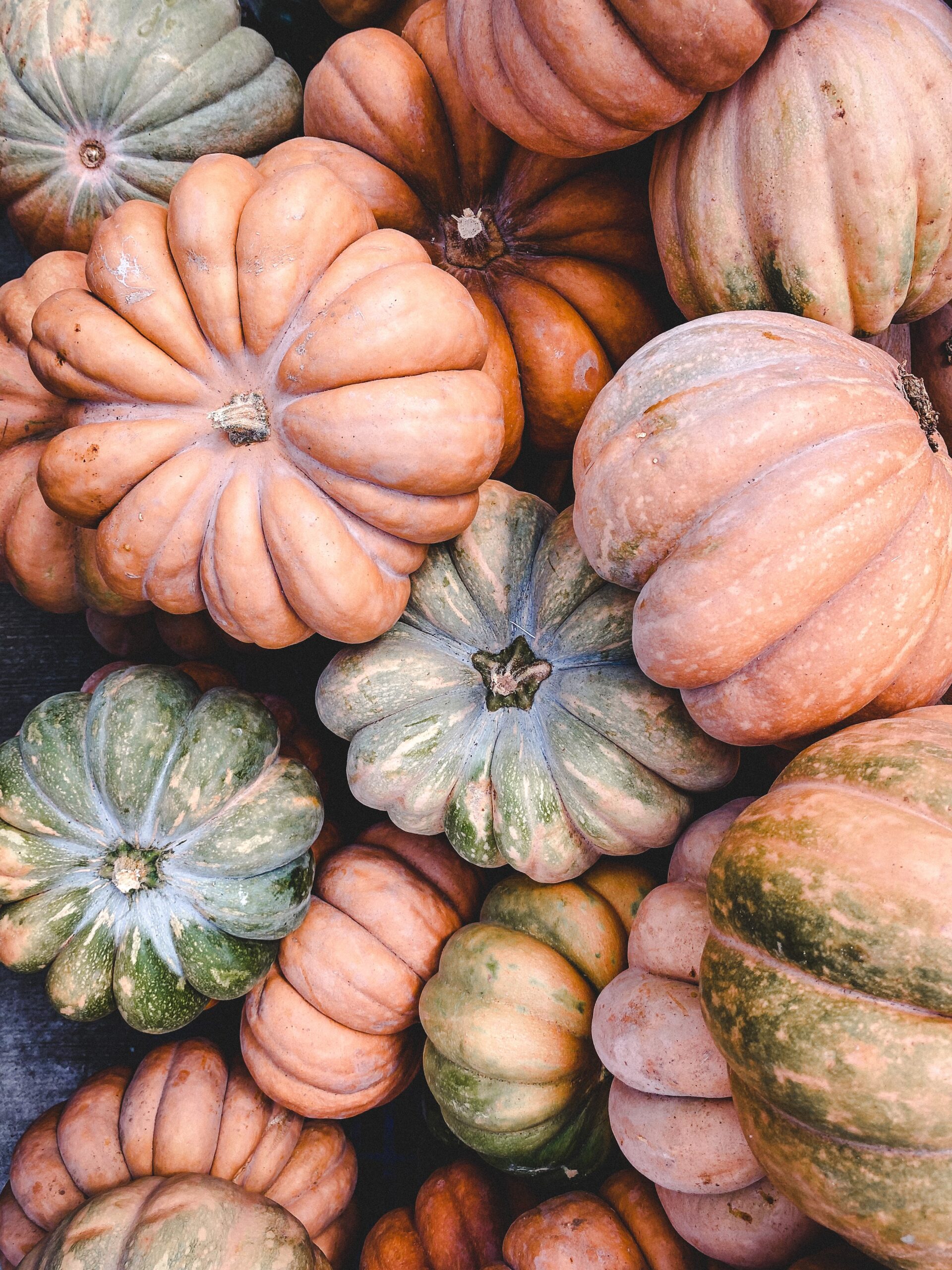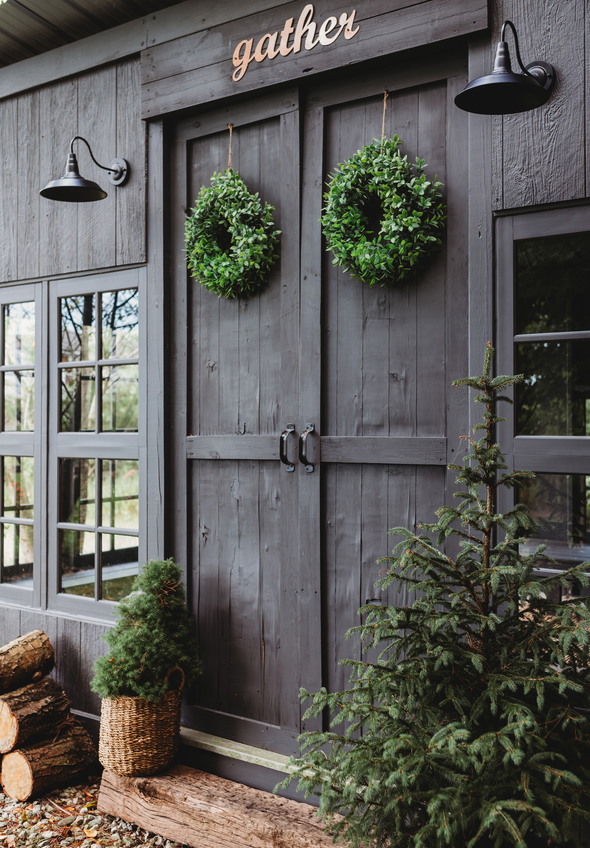At times, even in our own research, we have read conflicting testimony on what, or better who makes for good companions. While we cover a fair bit of classic garden favourites, there may be gaps in our compilation. This is why we are hoping to educate our readers with impactful information so that they feel like they can understand their gardens and feel empowered with how to determine compatibility, even without a list. While not foolproof, it will help, and trust us, there’s nothing quite like experience to help you mature your green thumb.
Determining Compatibility (The Long Way)
If you ever just can’t find the answer via online resources, here’s how we would go about trying to determine compatibility:
- Basic Requirements: starting with hours of light and watering needs. When it comes to light, you can pair plants that have differing light requirements, if one will provide shade for the other or if they are in the same group for hours per day. For watering, they must have the same requirements. IF compatible, move on to the next step.
- Space: Here, we consider space in various aspects. The first, does either A or B need extensive space? Where does each take up the most space? Some plants have large root systems others small, shallow ones. That creates a good pairing, if they both take up very little space, also a good pairing. But, if A and B are large either below or above ground, likely not a good fit. IF compatible, move on to the next step.
- Competition: Heavy feeders, plants of the same family, over-zealous growers. Sometimes, this last point is difficult to anticipate. Here, we would research the particular needs of each plant and compare and contrast. This final point at times, can only be tested, in the ground. As your garden becomes intertwined with 3 of your seasons, we would highly recommend investing in a Gardener’s Journal. Because this is exactly where we would include notes on productivity of pairings to review each year.
Companion Planting Chart (The Fast Way)
Asparagus |
Tomatoes, Calendula, Basil, Peppers, Strawberries |
Basil |
Peppers, Tomatoes, Parsley, Cilantro, Asparagus, Brussel Sprouts, |
Beans |
Carrots, Beets, Celery, Radishes, Potatoes, Tomatoes, Cauliflower, Corn, Broccoli, Cucumber, Zucchini |
Beets |
Beans, Broccoli, Carrots, Radishes |
Broccoli |
Onions, Oregano, Beans, Cabbage, Brussel Sprouts, Cauliflower, Beets, Chamomile, Dill, Radishes |
Brussel Sprouts |
Broccoli, Basil, Onions, Garlic |
Cabbage |
Broccoli, Potatoes, Onions, Kale |
Carrots |
Beets, Chives, Leaks, Onions, Peas, Chives, Garlic |
Cauliflower |
Beans, Broccoli, Chard, Spinach, Cucumber, Radishes |
Chives |
Carrots, Potatoes, Strawberries, Carrot |
Corn |
Beans, Cucumbers, Peas, Potatoes, Squash, Dill, Lettuce, Zucchini |
Cucumber |
Cauliflower, Corn, Radishes, Dill, Beans, Lettuce |
Dill |
Cucumbers, Lettuce, Onion, Corn, Broccoli |
Eggplant |
Marigolds, Peas, Peppers, Spinach, Thyme, Spinach |
Garlic |
Brussel sprouts, Kale, Carrots, Peppers, Potatoes, Tomatoes |
Kale |
Garlic, Marigold, Peas, Cabbage, Peppers, Potatoes |
Lettuce |
Dill, Corn, Pumpkins, Cucumbers, Radishes, Peppers, Squash |
Onions |
Broccoli, Brussel Sprouts, Cabbage, Strawberries, Carrots |
Peas |
Kale, Eggplant, Corn, Carrots, Peppers, Radishes. Strawberries, Spinach, Squash |
Peppers |
Eggplant, Garlic, Kale, Asparagus, Basil, Peas, Lettuce |
Potatoes |
Beans, Cabbage, Chives, Kale, Garlic, Corn, Spinach, Radishes |
Radishes |
Potatoes, Peas, Lettuce, Cucumber, Cauliflower, Broccoli, Beets, Beans, Squash, Tomatoes, Zucchini |
Spinach |
Cauliflower, Dill, Peas, Potatoes, Eggplants, Radish, Strawberries |
Squash |
Corn, Radishes, Lettuce, Peas, Radishes, Strawberries |
Strawberries |
Chives, Onions, Peas, Spinach, Asparagus, Squash |
Tomatoes |
Beans, Basil, Asparagus, Radishes, Garlic |
Zucchini |
Nasturtium, Beans, Corn, Radishes |
Remember this is a guide, in some cases some literature may not fully agree with our compilation. So again, we gently reiterate that there’s nothing quite like gardening trials. Test it, try it, keep a record and fully embrace the cycles of your garden. And as you prepare for another gardening season, read up on Starting Seeds Indoors and planning a vegetable garden. Plus, for more reading on all things home, gardening and lifestyle, check out the The Wild Blog. P.s., we’d love to connect, if you don’t already, be sure to follow us on Instagram and Pinterest!



